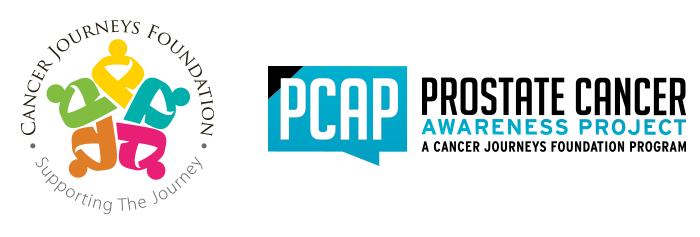Connecticut was the first state to enact groundbreaking legislation mandating that patients undergoing mammography be educated about their breast density with the option to have a follow-up ultrasound. Jean M. Weigert, head of breast imaging for the Hospital of Central Connecticut, performed a chart review to see how well this process worked in detecting cancers in women with dense breasts during the first four years of its implementation.
Jean provided a report to the 2014 San Antonio Breast Cancer Symposium regarding her study. She found that this supplemental ultrasound screening of dense breasts did in fact detect a noteworthy number of breast cancers undiscovered by a mammogram.
Since the initial legislation in 2009 breast density reporting laws have become in effect in 21 states with several other bills being introduced this year. The “Breast Density and Mammography Reporting Act of 2015” is still pending in the House of Representatives and the Senate.
You can read more details of the study in this recent article.
The American Cancer Society recommends that women have an annual mammogram beginning at age 40, and a Clinical Breast Exam (CBE) every three years for women in their 20′s and 30′s, and annual beginning at 40. The common critical factor in successfully beating both breast and prostate cancer is early detection, and that’s where the teamwork comes into play.
In January of 2014, the Prostate Cancer Awareness Project (PCAP) launched our Couples Conquering Cancer™ program focused on the early detection and treatment of these two cancers. Learn more about how you can work together as a team to conquer cancer.



